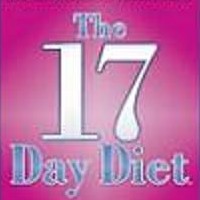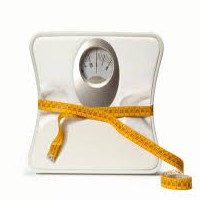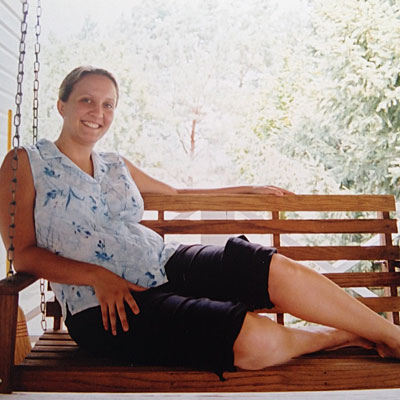Weight Loss - Setting Goals for Weight Loss
燜or some it might be like conquering Everest, for others it's more like climbing the foothills. But it's never a walk in the woods. Let's take a look now at the size of the rock you'll be climbing an...
燜or some it might be like conquering Everest, for others it's more like climbing the foothills. But it's never a walk in the woods. Let's take a look now at the size of the rock you'll be climbing and then set some goals, How far is the summit, and do you want to reach it? How fast will you climb? Will you do it in stages? What aids will you use? Will you do it alone or with a team?Observe yourselfBefore you can begin to set goals, you need to take a long hard look at where you are now. Keeping a food and activity diary is the best way to do this. If you look at the times of day or moods you're in when you exercise and eat, you may even get ideas about substituting one for the other. (Guess which one?)It may seem like a bother, but keeping a diary will force you to see where your problem lie. Do yourself a favor and do it for a week. This diary is for you and you alone. No one else will read it.When keeping your food diary you must promise to be honest with yourself.Your diary should be kept in your weight-loss notebook, but if the notebook is too big to carry around, slip some index cards in your pocket or purse to note what you eat and how long you do what kind of exercise when you're away from home. You can enter this data in your notebook at the end of the day.Your food diaryThis will be an important tool for the eating side of your weight-loss plan. The food diary will show you, in black and white, why you are overweight and what eating and behavior habits you need to change. You may be surprised how much food you consume in a typical day.You may notice that certain moods, people, or circumstances accompany pig-outs.You may spot dangerous times of day or a pattern of increased eating as the day progresses. Weekends may be perilous, or maybe business lunches are your undoing.You will need to fill in the number of calories of everything you eat. If what you eat comes in a package, you can get this information from the label. (Remember: 10 cookies is not a serving!) Otherwise, use a calorie-counting book or one of the online calorie counters.Don't get hung up on details. If aren't sure about quantities, estimate. But estimate on the high side.A sample food diary can be found on the next page. Set up something similar in your weight-loss notebook, so that you have a food diary for each day of the week. On the page for the last day of the week, make a space for your weekly calorie total.Set aside a column or space each day for comments. Use this space to write anything that will help you understand what was going on when you ate, including triggers or moods, anything about the occasion or people you were with, feelings of guilt or triumph you experienced before, during, or afterward.As part of your food diary, record how many glasses of water you drink. Aim for a minimum of eight glasses or 64 ounces of water each day.It's important to keep track of how much water you drink to remind you to drink a lot of it. Monitor your water consumption by making a check mark for each 8-ounce glass you drink. It's easiest if you measure out your water in advance, but if you drink from a water fountain, for example, you can figure two swallows per ounce.
-
Things You Should Keep In Mind While Going On a Weight Loss Plan
Western society glorifies people, especially women, with a
-
Hawaii HCG diet-a great assister or helper.
Obesity is a big problem and it needs to be cured at time. For curing
-
Intelligent Methods for Conquering Panic Attacks
No one needs to be informed how busy and frenzied our world is, the
-
How to Lose Stomach Fat – 3 Misconceptions on How to Lose Stomach Fat
If you want to know how to lose stomach fat, youd do well to avoid the
-
Weight Loss - Just Do It And Lose It
One of the crucial moments when we are following a diet pla
-
Lose Weight Without Dieting - Health Supplements
Overweight is one among the commonly seen health problems formed by ac
- DON'T MISS
- Tips For Safe Weight Loss
- Herbal Fat Loss Slimming Supplements To Get Back In Shape Fast
- Is It True Losing Weight Be That Painless?
- The Diet Solution Program Basic Package Review
- Lose 12 Pounds Fast - How To Burn Body Fat
- The places to buy HCG Drops from
- Best Fat Loss Exercise
- Weight Loss Workout Excuses Cop-Outs And A Solution
- Do You Know Your Fat Danger Zones And How To Avoid Them?
- Solving the Salt Craving Symptom




